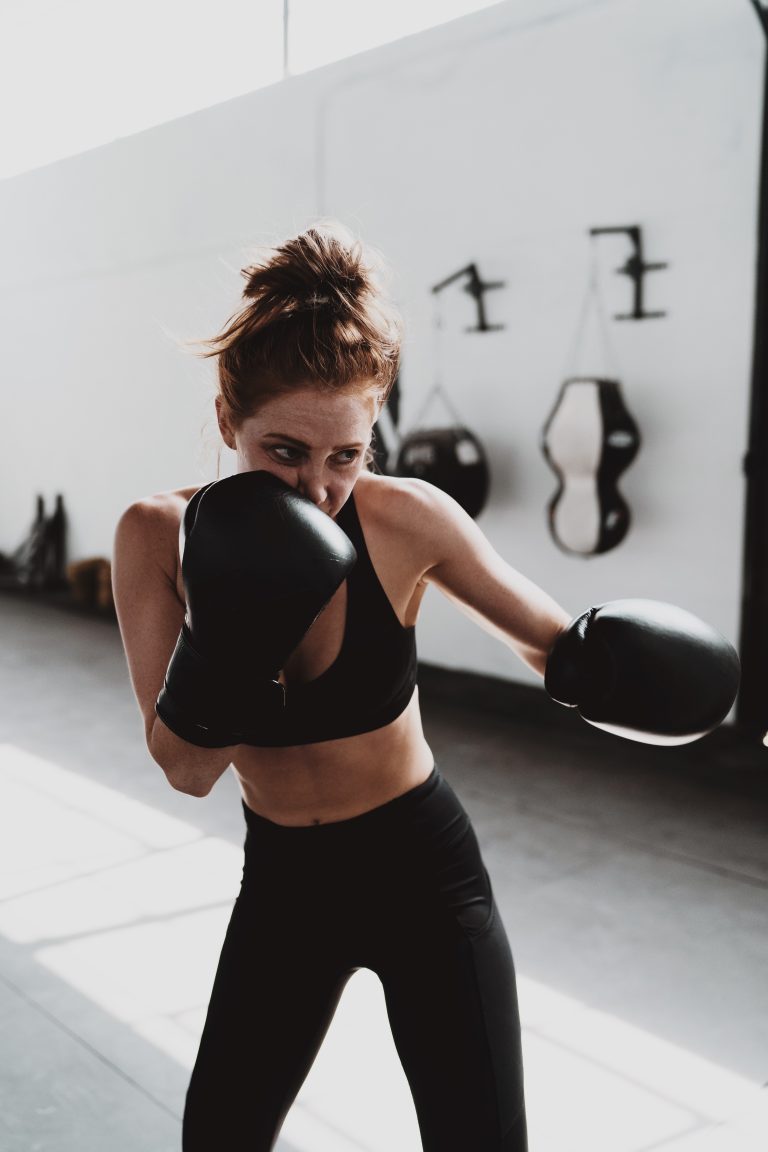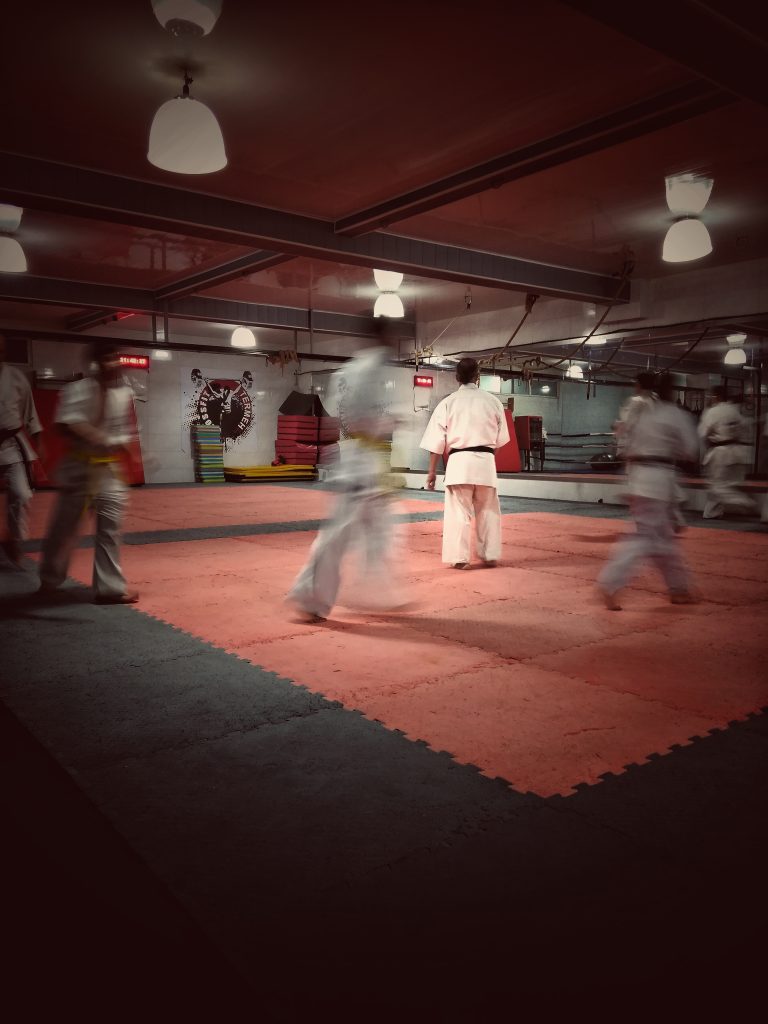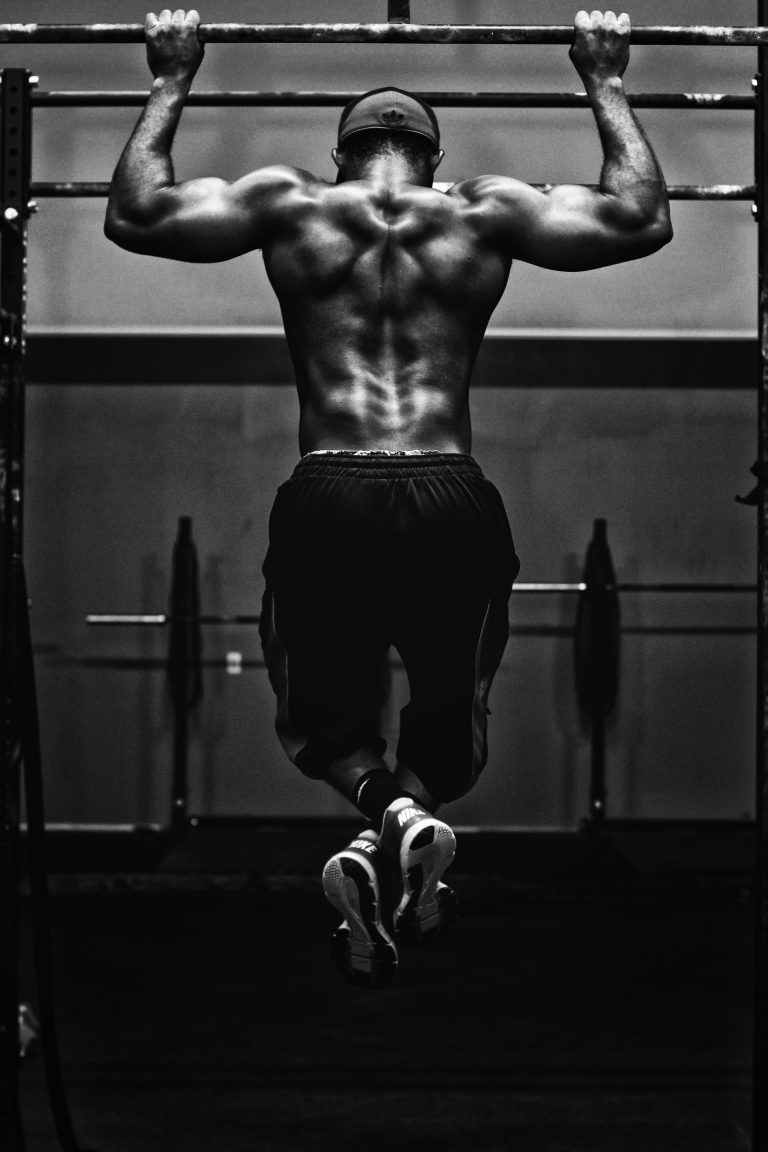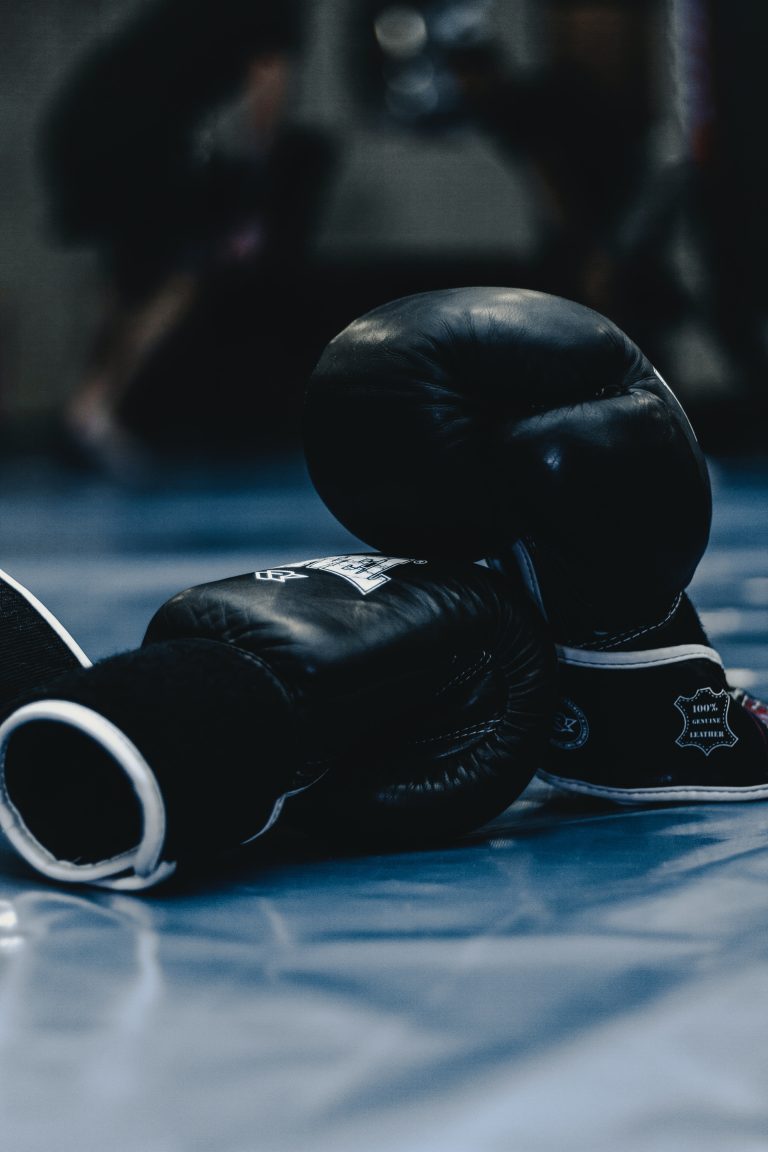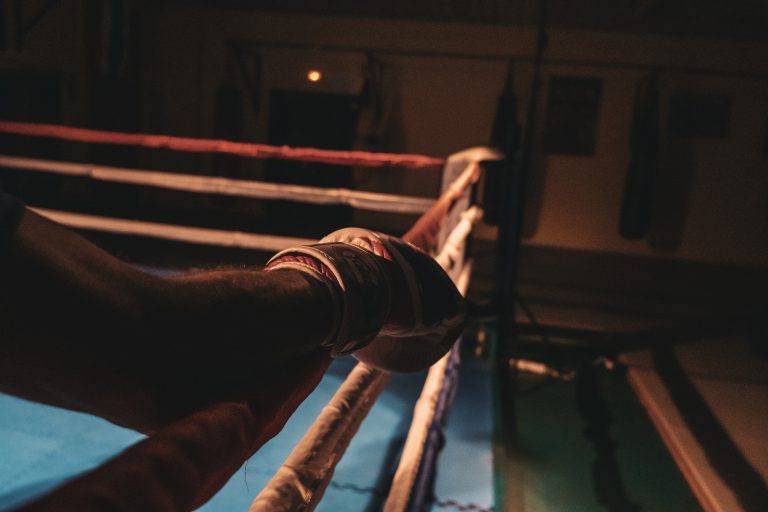The 10 Best Karate Techniques for Improving Balance and Body Control
Karate is not only about mastering powerful punches and kicks, but it is also about maintaining a stable stance and improving balance. Proper balance and body control are essential components of karate that prepare the practitioner for facing any opponent. Moreover, good balance and body control help in minimizing injuries and enhance the effectiveness of your techniques. Here are the ten best karate techniques for improving balance and body control:
1. The Front Stance
The front stance or Zenkutsu-dachi helps you to maintain a stable foundation, which is essential for techniques such as kicks and punches. To perform a front stance, start with your feet shoulder-width apart and take a big step forward with the left foot, keeping the knee directly over the ankle. Ensure that the weight is evenly distributed between the back and front legs.
2. The Back Stance
The back stance or Kokutsu-dachi helps you maintain a long and low stance while still keeping a balanced center of gravity. To perform a back stance, take a big step backward with your right leg while keeping your feet shoulder-width apart. Position the right foot pointing outwards, and the left foot pointing straight ahead with a slight bend in the knee.
3. The Horse Stance
Practicing the horse stance or Kiba-Dachi every day helps you stabilize your lower body and improves your balance. Begin in a standing position with your feet shoulder-width apart, and then step out to the side. Position your feet a little wider than shoulder-width and move your knees down into a squatting position.
4. The Cat Stance
The Cat stance or Neko-Ashi-Dachi is useful in maintaining an unpredictable and mobile stance. Start by standing with your feet hip-width apart, then take a small step forward with your right foot while positioning your right foot in front of your left. Position your right foot’s heel with your left toe.
5. The Cross Stance
The Cross stance or Kosa-Dachi is ideal for countering an opponent’s attack while maintaining your balance. Start by standing with your feet hip-width apart, then cross your left leg in front of your right, positioning your left foot arch over the right foot.
6. The Crane Stance
The Crane stance or Tsuri-Ashi-Dachi helps you maintain balance and stability when fighting on one foot. Start by standing with your feet hip-width apart and crossing your left foot over the right. Then, lift the left foot until the knee is at hip height. Hold the position for some time before switching legs.
7. The Side Kick
The Side Kick or Yoko Geri utilizes the hip muscles and strengthens your core. It also helps in maintaining an upright upper body when kicking. Position your feet in a parallel stance, then take a sideways step with your left foot while pivoting on the right foot. Kick the left foot to the side, and then return to the initial position.
8. The Roundhouse Kick
The Roundhouse Kick or Mawashi Geri helps in improving balance, hip mobility, coordination, and control. Begin by standing in the front stance, bring your back leg up towards your body and lock your knee. Swing your foot across the front of your body to perform a roundhouse kick.
9. The Front Kick
The Front kick or Mae Geri strengthens the hip flexors and improves balance. Start by standing in the front stance, then lift the knee of your kicking leg and extend it straight out from the hip.
10. The Back Kick
The Back kick or Ushiro Geri makes use of the glutes and hamstrings while also improving your balance. Start by standing in a back stance, then lift your trailing leg behind and perform a back kick.
In conclusion, having good balance and body control is fundamental to becoming a successful karate practitioner. Include these ten karate techniques in your daily training routine to improve your balance, form, and stability. Practice makes perfect, so make sure you perform these techniques regularly to become a master of balance and karate.
The 10 Best Karate Techniques for Improving Balance and Body Control – FAQs
Karate is not just a martial art, but it’s also a way of life. Practicing Karate helps you not only in your physical development but also in your mental and emotional health. One of the primary benefits of practicing Karate is to improve balance and body control. If you’re interested in improving your balance and body control, then this post is for you! Here we will share the answers to the most frequently asked questions about the ten best Karate techniques for improving balance and body control.
1. What are the 10 Best Karate Techniques for Improving Balance and Body Control?
There are several Karate techniques that you can learn to improve your balance and body control. Here are ten of the best:
- Hangetsu Dachi
Hangetsu Dachi is a Karate stance in which you place one foot in front of the other with the front knee bent, and the back leg straight. You stand toe to heel with the feet turned slightly inwards. This stance helps stretch your muscles and improve your stability.
- Kata
Kata is a set of predefined Karate movements that help you practice balance and body control. You can choose from several Kata depending on your skill level and experience.
- Sanchin Dachi
Sanchin Dachi is a Karate stance that helps you improve your balance and stability. In this stance, you stand with your feet shoulder-width apart, toes turned inwards, and knees slightly bent.
- Tai Sabaki
Tai Sabaki is a Karate technique that helps you move quickly and efficiently while maintaining your balance. This technique involves moving your body out of the way of an attack while simultaneously counter-attacking.
- Keri Waza
Keri Waza is a Karate technique that involves kicking. Practicing Keri Waza helps you improve your balance, coordination, and strength.
- Kumite
Kumite is a Karate sparring technique that helps you practice your balance and body control while fighting with an opponent.
- Uke Waza
Uke Waza is a Karate technique that involves blocking an opponent’s attack. Practicing this technique improves your balance, coordination, and timing.
- Tsugi Ashi
Tsugi Ashi is a Karate technique that involves putting one foot in front of the other while shifting your weight back and forth. Practicing this technique helps you improve your balance and coordination.
- Zenkutsu Dachi
Zenkutsu Dachi is a Karate stance that helps you improve your posture, balance, and strength. In this stance, you stand with one foot in front of the other, toes pointing forward, and knees bent.
- Mawashi Geri
Mawashi Geri is a Karate kicking technique that involves a circular motion. Practicing this technique helps you improve your balance, coordination, and flexibility.
2. How Can Karate Improve My Balance and Body Control?
Karate offers several benefits that can improve your balance and body control, including:
- Strengthens Your Core Muscles: Karate involves a lot of movements that engage your core muscles. As you practice Karate regularly, you will develop stronger core muscles, which will improve your balance and body control.
- Improves Your Flexibility: Karate involves a lot of stretching, which helps you become more flexible. Improved flexibility will help you maintain proper body alignment, which is essential for good balance.
- Increases Your Coordination: Karate requires a lot of hand-eye and foot-eye coordination. As you practice Karate, you will improve your coordination, which will help you maintain your balance during movement.
- Develops Your Proprioception: Proprioception is your body’s sense of where it is in space. Karate involves a lot of movements that require you to be aware of your body’s position, which will improve your proprioception and your ability to maintain your balance.
- Helps You Maintain Good Posture: Karate requires you to maintain proper posture, which will help you develop good habits that you can use in your everyday life to improve your balance and body control.
3. Can Anyone Learn Karate?
Yes, anyone can learn Karate, regardless of age, gender, or fitness level. Karate is a discipline that can be practiced by all ages from children to seniors. However, if you have any health concerns or injuries, it’s best to consult with your doctor before starting any exercise program, including Karate.
4. Do I Need any Special Equipment to Practice Karate?
To practice Karate, you do not need any special equipment. All you need is comfortable clothing, such as a T-shirt and pants, and a Karate gi or uniform. The Karate gi is a traditional uniform made of lightweight cotton that allows for freedom of movement. Other necessary equipment includes a Karate belt, which indicates your level of proficiency, and protective gear, such as gloves and shin guards, for sparring.
5. Is Karate a Good Way to Improve My Overall Health?
Yes, Karate is an excellent way to improve your overall health. In addition to improving your balance and body control, Karate offers other health benefits, including:
- Improves Cardiovascular Health: Karate is a high-intensity workout that can help improve your cardiovascular health by increasing your heart rate and oxygen intake.
- Reduces Stress: Practicing Karate requires focus and concentration, which can help reduce stress and anxiety.
- Increases Self-discipline: Karate requires discipline, patience, and dedication, which can help you develop self-discipline and focus.
- Builds Confidence: As you become more proficient in Karate, you will gain a sense of accomplishment and confidence, which can positively impact your overall well-being.
Conclusion
In conclusion, Karate is an excellent way to improve your balance and body control. By practicing the ten best Karate techniques we have discussed, you can develop stronger core muscles, improve your flexibility, increase your coordination, and develop your proprioception. Moreover, Karate offers other health benefits, including improving your cardiovascular health, reducing stress, increasing self-discipline, and building confidence. Anyone can learn Karate, and you do not need any special equipment, just comfortable clothing and a willingness to learn. So, why not give Karate a try and see how it can benefit you both physically and mentally!
Inhaltsverzeichnis

